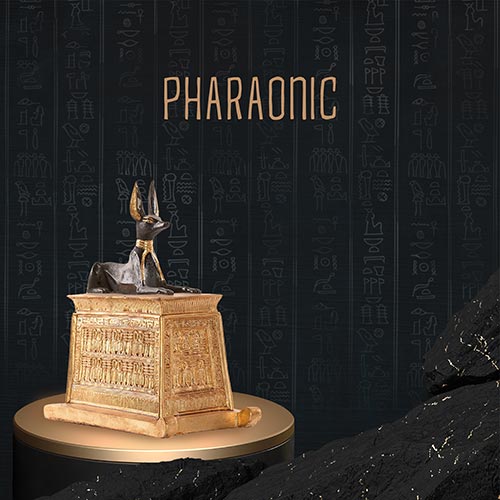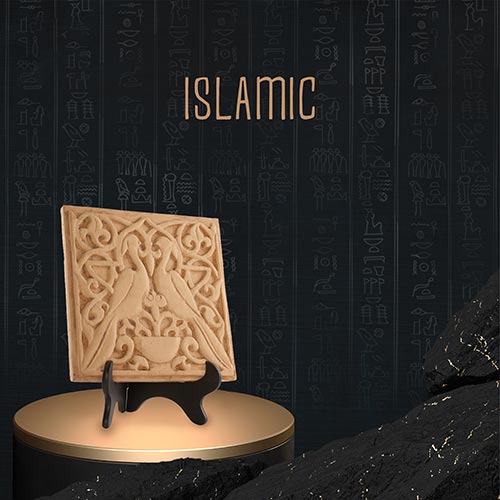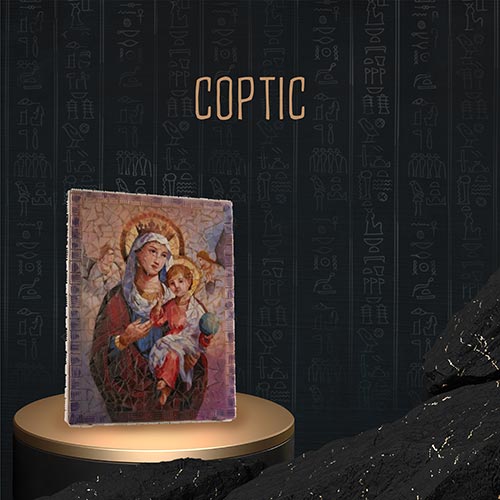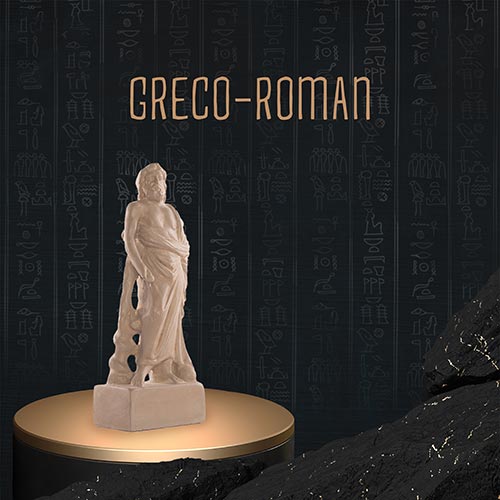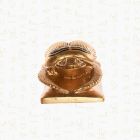
The ancient Egyptian New Year, called Wepet Renpet, which means "the opening of the year", was a joyous occasion that celebrated rebirth and renewal. It did not fall on a fixed date on our modern calendar but was tied to the natural world and the annual flooding of the Nile River.
The Egyptians followed a solar calendar with a 365-day year, divided into three seasons of four months each, with an additional five days added at the end to make up for the difference with the solar year. The new year began with the first day of the first month of the inundation season, called Akhet, which usually coincided with the reappearance of the star Sirius in the pre-dawn sky around mid-July.
The reappearance of Sirius was significant because it coincided with the annual flooding of the Nile. The Nile flood was essential for Egyptian agriculture, as it deposited fertile silt on the land, allowing crops to grow. The Egyptians believed that the floodwaters were the tears of Isis, the goddess of fertility, mourning the death of her husband Osiris, the god of agriculture, who had been murdered by his brother Seth. The floodwaters brought new life to the land, just as Osiris's eventual resurrection symbolized rebirth.
This festival was a vibrant display of joy and hope for the future. But what symbols captured the essence of this special occasion? Let's delve into three powerful emblems
The Scarab's Journey; A Symbol of Rebirth in the Ancient Egyptian New Year
The ancient Egyptians saw a profound metaphor in the behavior of the scarabs. a tiny dung beetle diligently rolling a ball and the scarab pushing its ball, which mirrored the sun's daily journey across the sky. This resonated deeply with the New Year, a time when the land renewed itself after the flood and hope bloomed for a prosperous harvest.
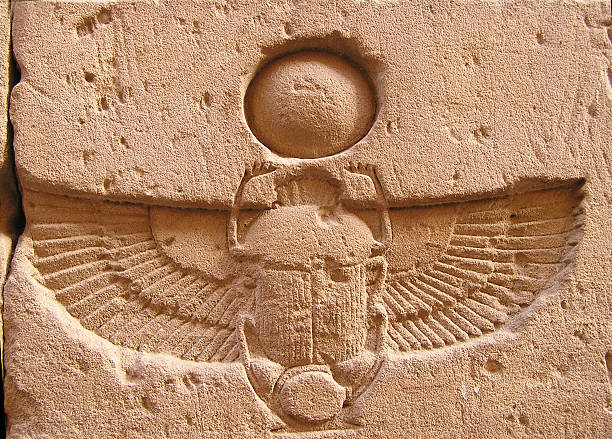
Emerging from the Nile; The Lotus Flower's Message of Life and Rebirth
The elegant lotus flower offered another powerful symbol. Emerging each morning from the murky Nile waters, the lotus embodied purity, creation, and the triumph of life over darkness. Just as the lotus renewed itself daily, so too did Egyptians celebrate the annual rebirth of the land during the New Year.

The Ankh Everlasting Life
The ankh, a☥-shaped symbol, transcended the transient nature of earthly life. It represented eternal life, well-being, and the key to the afterlife. During the New Year, the Egyptians incorporated the ankh into their celebrations, expressing their desire for not just a bountiful harvest, but also continued life and a blessed eternity.
The Ankh's shape is sometimes linked to the Nile's keyhole-shaped cataracts, suggesting a connection to this life-giving river.These symbols, though not always used together, reflected the core themes of the ancient Egyptian New Year: a time to honor the past, celebrate the present, and embrace the promise of a renewed future. As we reflect on our own celebrations and hopes for the year ahead, perhaps these ancient symbols can inspire us to find meaning and joy in the cycles of life.

The Majesty of Rebirth; Tutankhamun and the Lotus Flower
The statue of Tutankhamun emerging from a lotus flower is a powerful image that embodies many of the same themes of rebirth and renewal.
The lotus flower, as discussed previously, was a potent symbol in ancient Egypt. Its daily blooming from the Nile's waters mirrored the annual agricultural cycle and the Egyptians' belief in the ongoing circle of life, death, and rebirth.
The depiction of a pharaoh, such as Tutankhamun, emerging from a lotus flower further reinforces these ideas. The pharaoh himself was seen as a divine figure, a bridge between the gods and humanity. His emergence from the lotus signifies his own rebirth into the afterlife, mirroring the symbolic rebirth of the land during the New Year.
The Statue does capture the essence of renewal and rebirth that were so central to this important celebration.
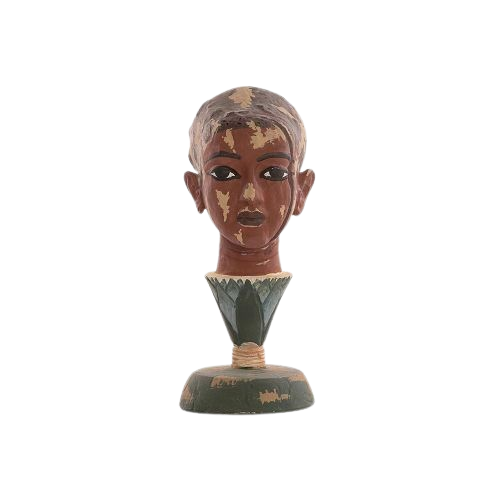
Powered by their deep reverence for nature, the ancients evolved a sophisticated view of life's cycles. More than an annual physical event, the flooding of the Nile represented rebirth, reflected in the daily arc of the sun and an unending cycle of growth blooming in the lotus flower. Through this interweaving of nature with New Year festivity, they showed much belief in the oneness of things. It wasn't a party but an epitome of brilliance. Even to this day, as we continue discovering the treasures of this civilization, we get inspired anew and again by their absurd comprehension of nature and endless hope for a blessed life.
